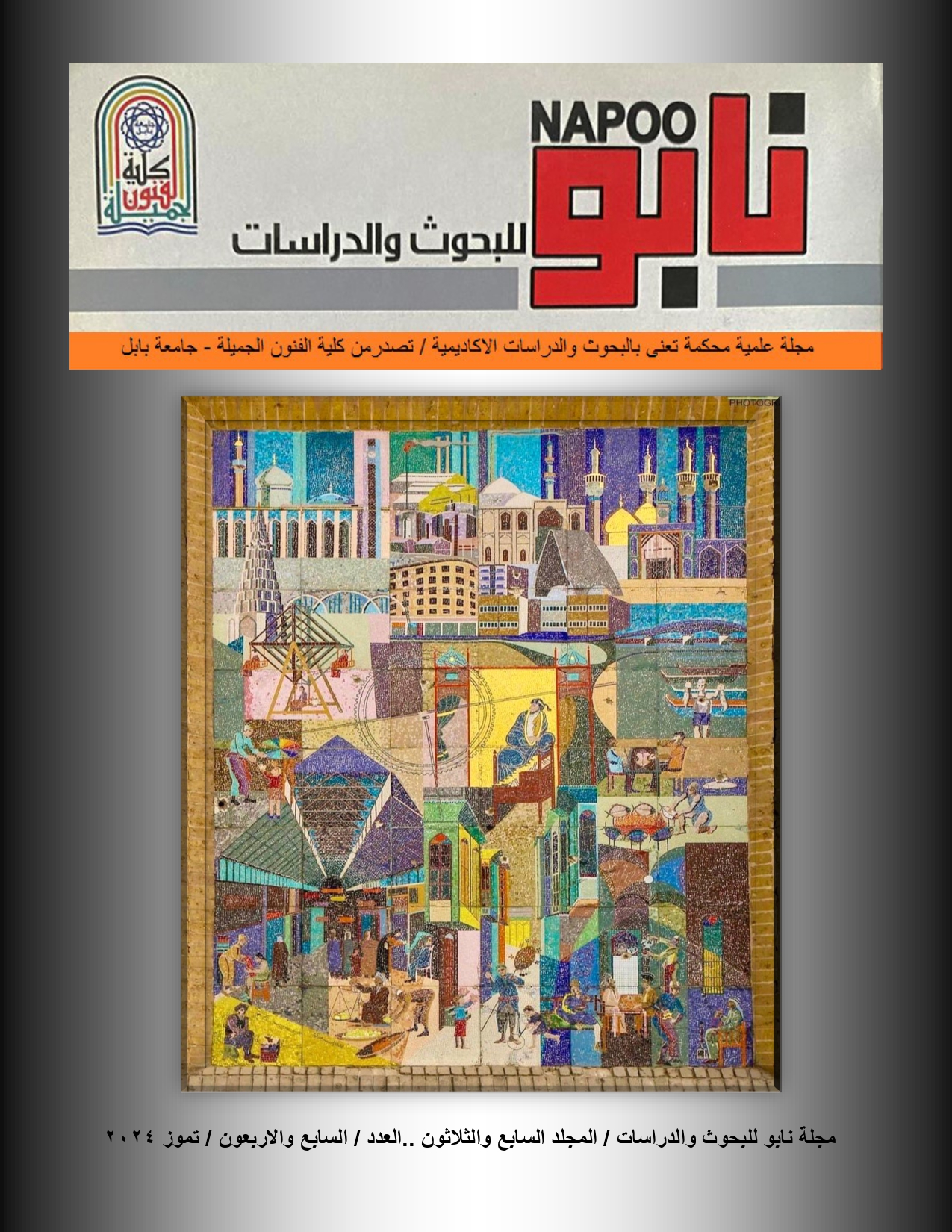The dramatic structure between the novel and the film
Abstract
Research Summary
There is a strong and authentic relationship between literature and the cinematic film, because there is a similarity, especially in narration, between the literary style and the style in the narrative film, and there is also a similarity in the elements of the dramatic structure such as the idea, character, plot, dialogue, time and place, so try This research explores how to “dramatically build between the novel and the feature film - the film The Curlew’s Prayer as a model.” The researcher adopted the descriptive analytical method and chose the sample film (The Curlew’s Prayer) by director Henry Barakat, which is adapted from a novel of the same name by the writer Dr. Taha Hussein. In the theoretical framework, the researcher dealt with the directorial treatment of literary texts, the cinematic novel, and the elements of the dramatic structure (idea - character - dialogue - plot - general psychological atmosphere - time - place). The researcher came up with a number of indicators. An observation form was prepared for analysis and comparison between the structures. The dramatic structure in the novel and the dramatic structure in the film, and after approval by experts, the sample (The Nightingale’s Prayer) was analyzed in light of it, and the researcher reached a number of results, the most important of which are the following:
- The main idea of the film can be revealed through the creative use of cinematic language.
- The main ideas in the novel can be discovered by the reader through mental images.
- In the novel, the features of the characters become clear through the eloquence of words and sentences, while in the cinematic movie, the features of the character become clear through dialogue, symbols, and metaphors.
- The dramatic structure in the film depends on introduction, delay, deletion, and addition.
- The screenwriter preparing the novel can add characters and places that may not originally exist in the novel.
The research concluded with a list of sources and references.




